GARDENING IN HARMONY WITH NATURE IN THE NORTHEAST
Wildlife in the Woodland Garden
A woodland garden is a peaceful place to recharge and reflect. It also benefits the surrounding ecosystem through the native plants that sustain the tiny creatures that form the basis of the natural food chain.
Pileated Woodpecker feeding chicks
(turn on the sound in the video to hear them beg)
Counter-intuitively this means planting more of the species that are most likely to be eaten by insects: oak, beech, milkweed, violets, etc. The list goes on and on, but it contains almost no exotic plants because invertebrate larvae are highly specialized, relying on specific plants that they evolved with. For example the caterpillar of the spicebush swallowtail eats only spicebush or sassafras. The monarch caterpillar relies on milkweed. The fritillaries eat only violets. Skippers, moths, they all have their required groups of native host plants.
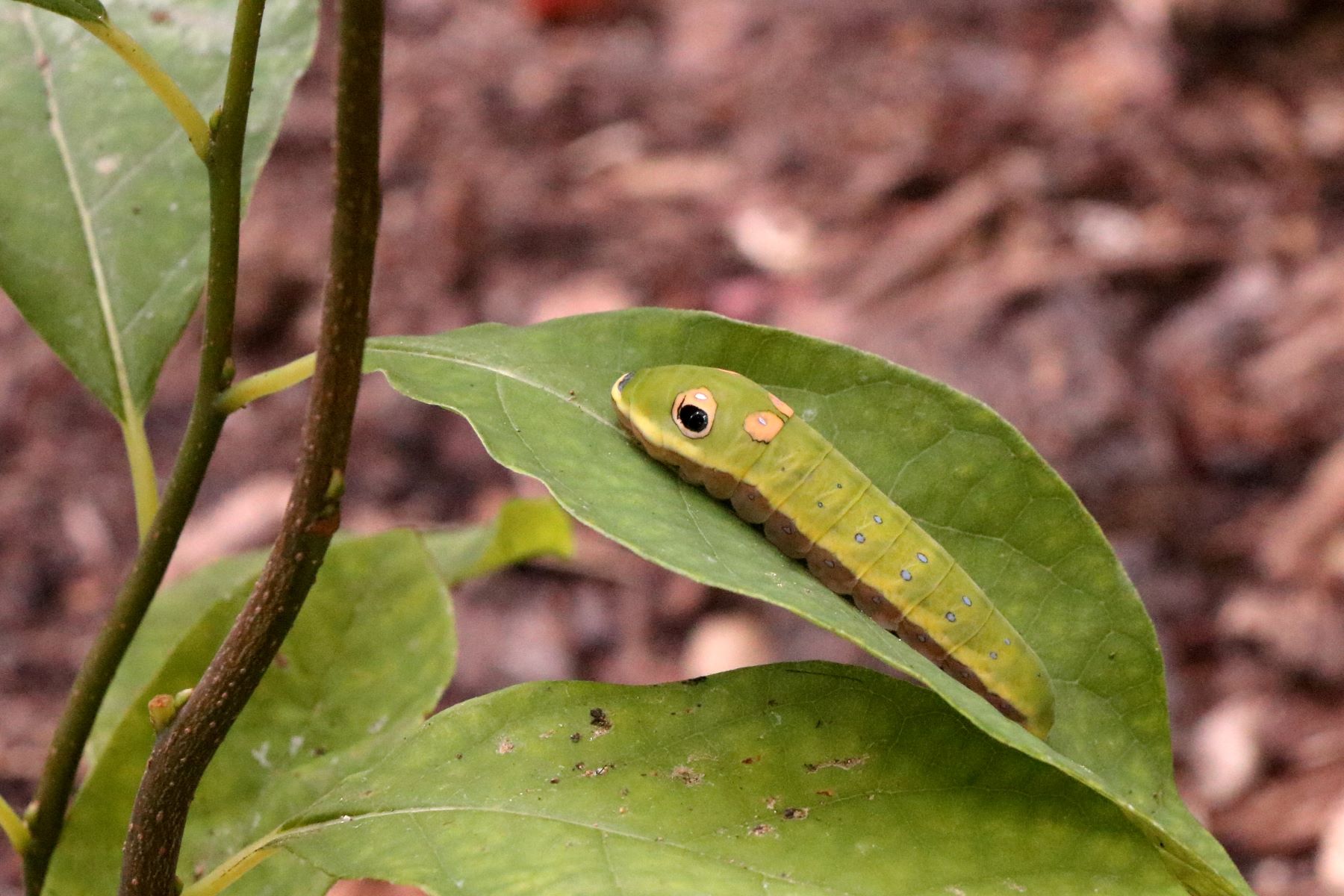
Spicebush swallowtail on woodland phlox
Once we understood this concept, our entire gardener’s frame of mind completely flipped. Where we once would have been shocked seeing aphids covering milkweed, we are now ecstatic, knowing that we might find a praying mantis hunting for them as well. Where we once would have been alarmed at the sight of leaves being nibbled on by thousands of oak leafrollers that later turn into moths, we are now happy, knowing that those little worms will sustain newly hatched baby birds that may even be raised in our garden because it is so hospitable to them.
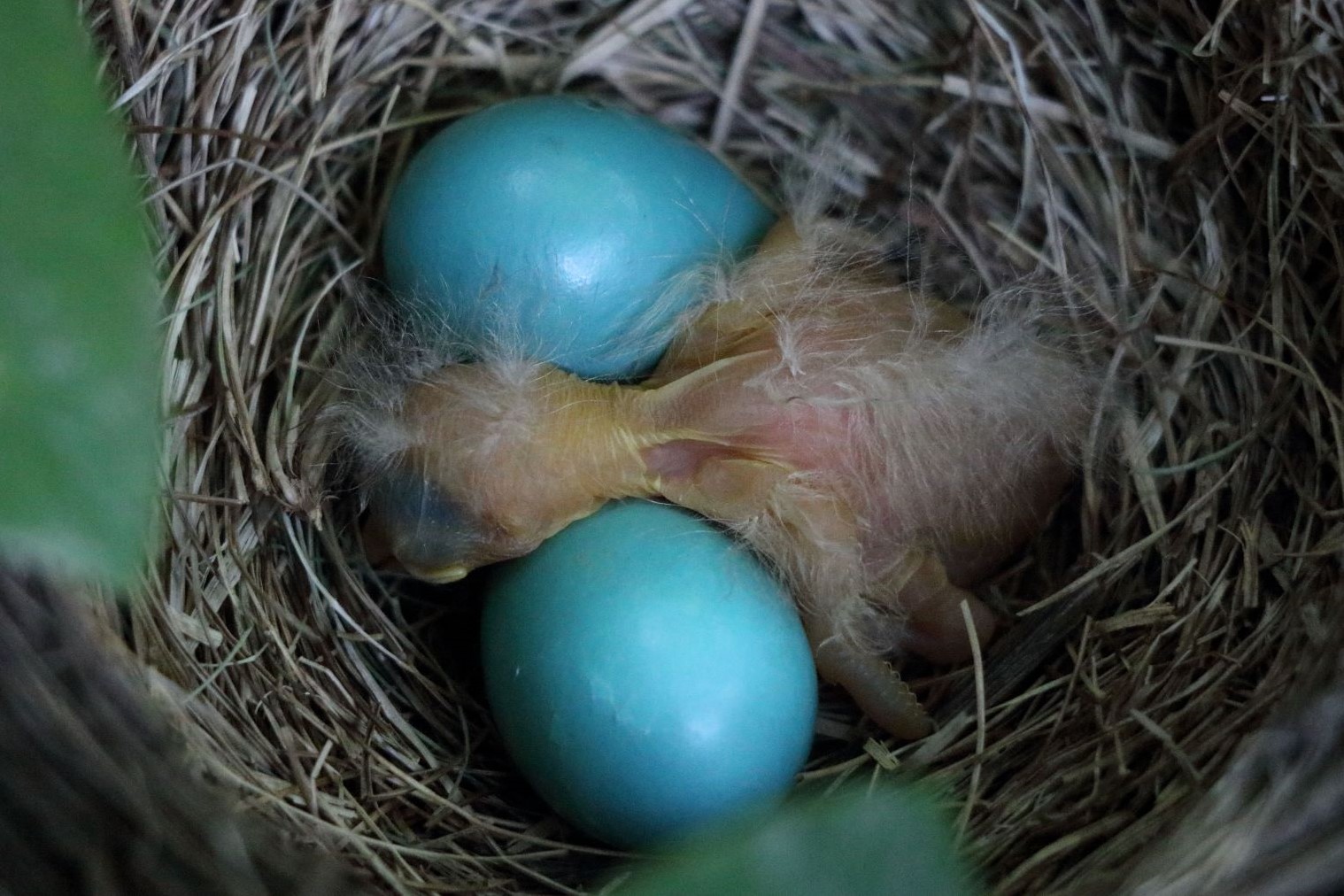
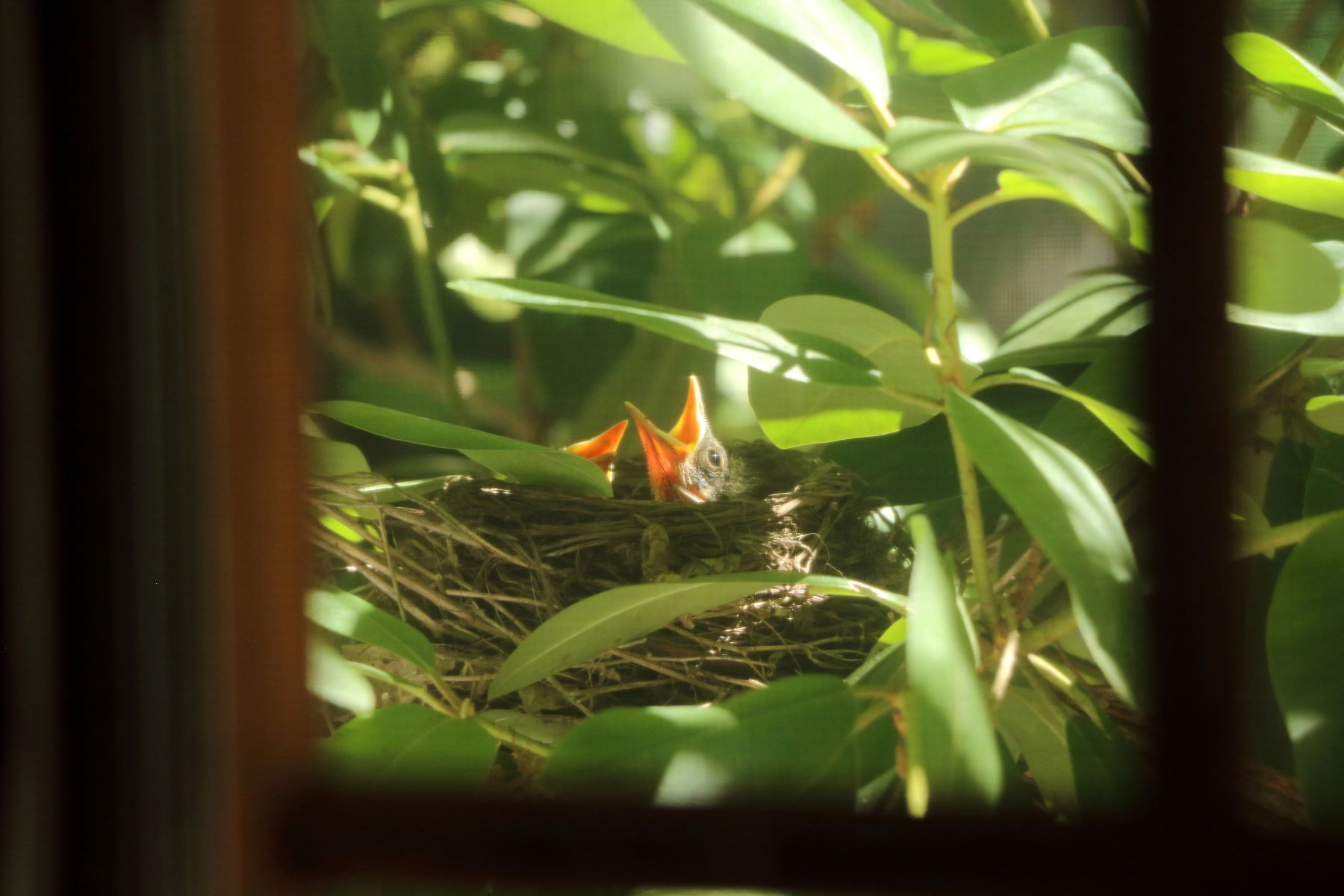
One day in June 2016, next to the end of our driveway, a deer had left a present for us: A newborn fawn curled up in the moss. It was an enchanting experience. Not capable of keeping up with it’s mother yet, it laid there hiding the entire day until it got picked up in the night. Later that year we often saw mother and fawn strolling through our woods.
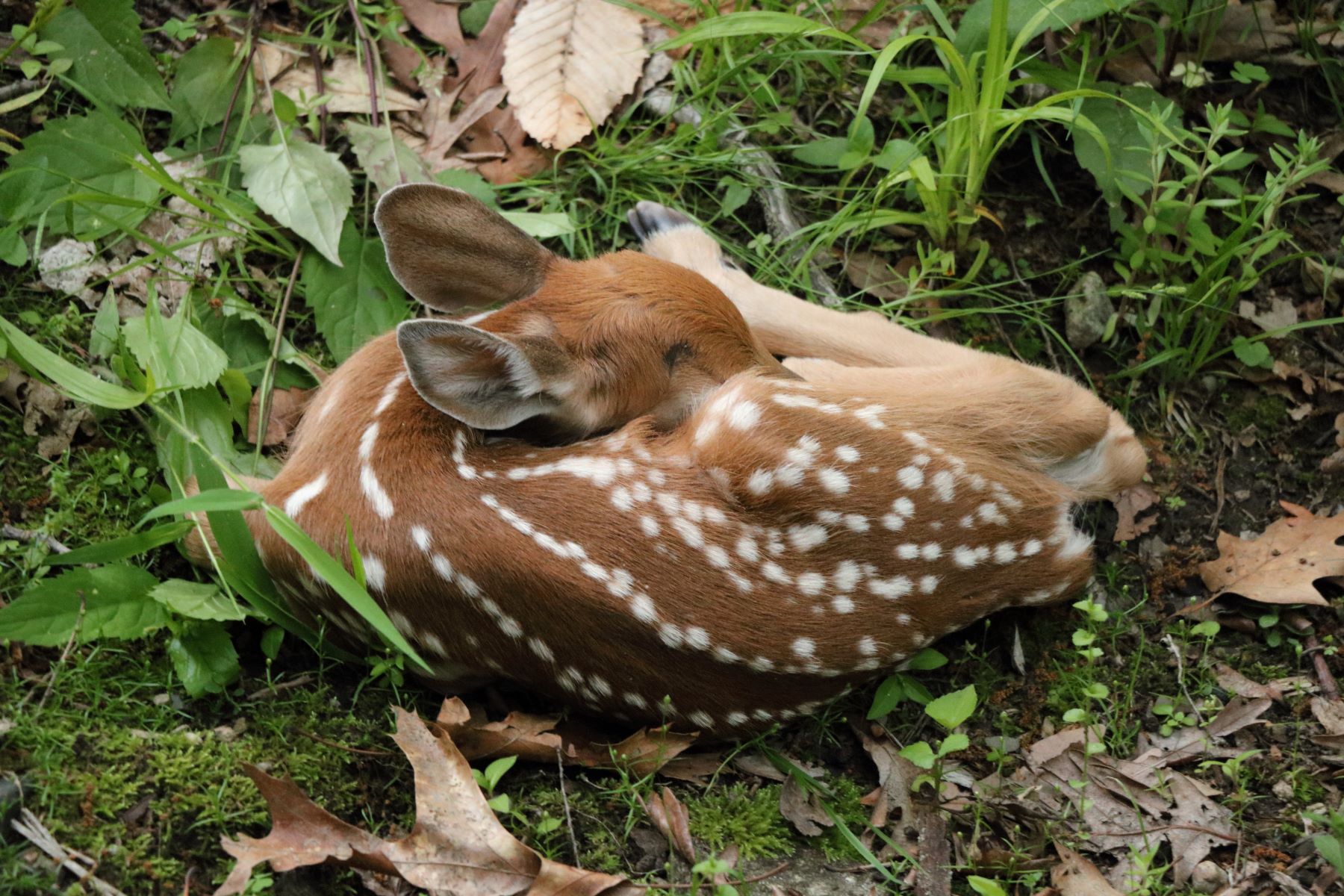
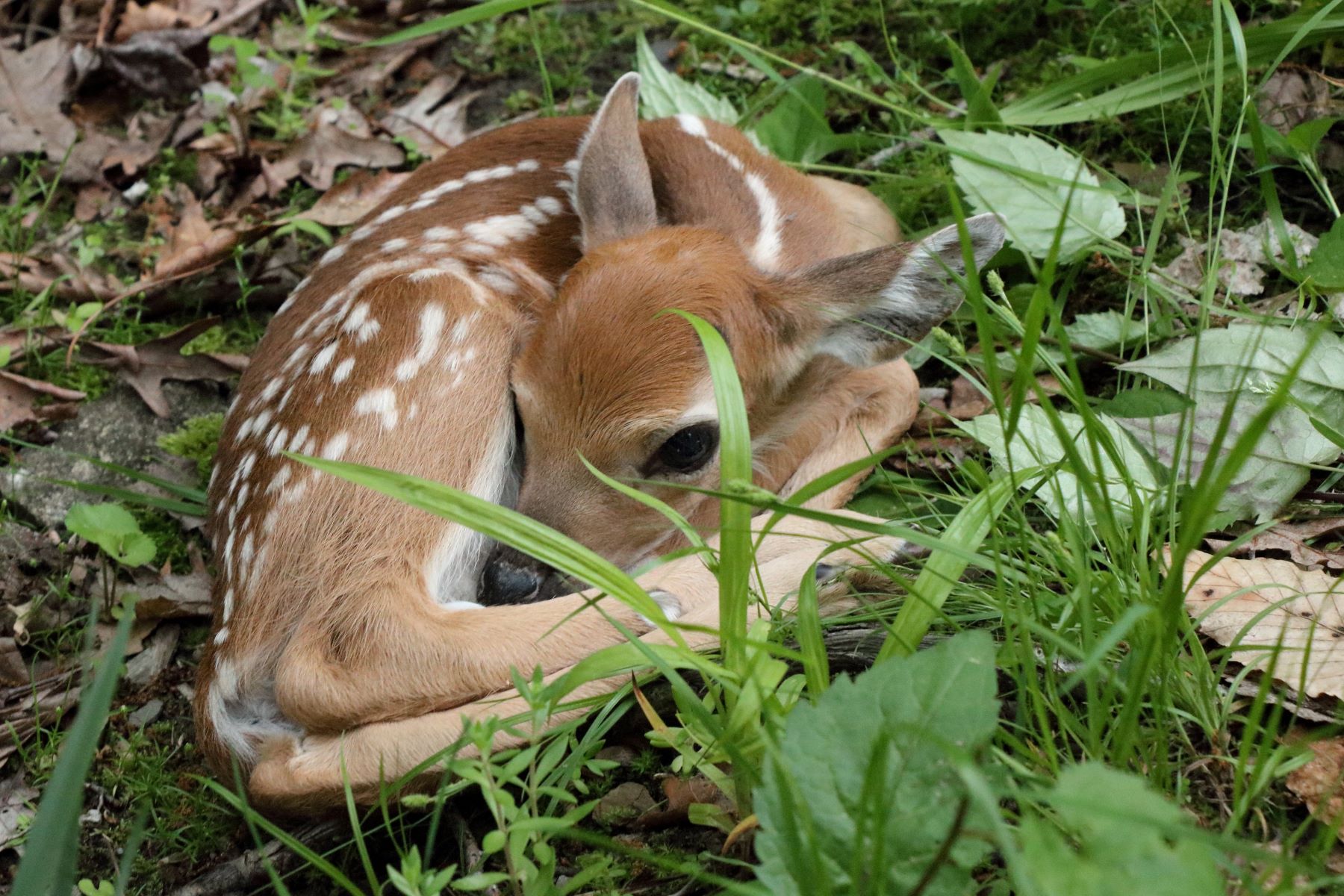
Every year we have box turtles exploring the area around our house for suitable nesting sites, often they stay for an entire week to dig many holes and fill each with an egg. The lucky ones don’t get discovered by chipmunks who regard the eggs as a delicacy.
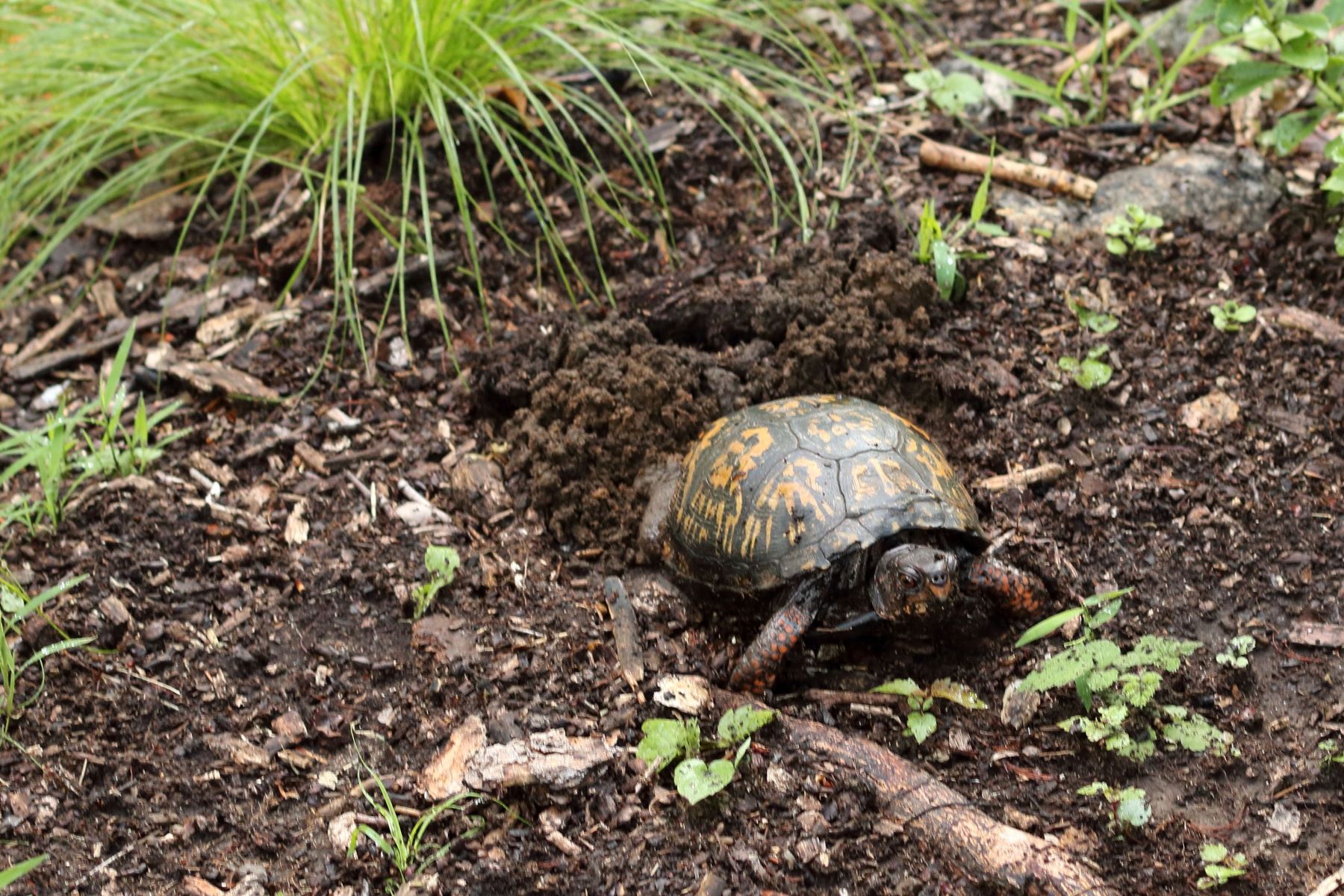
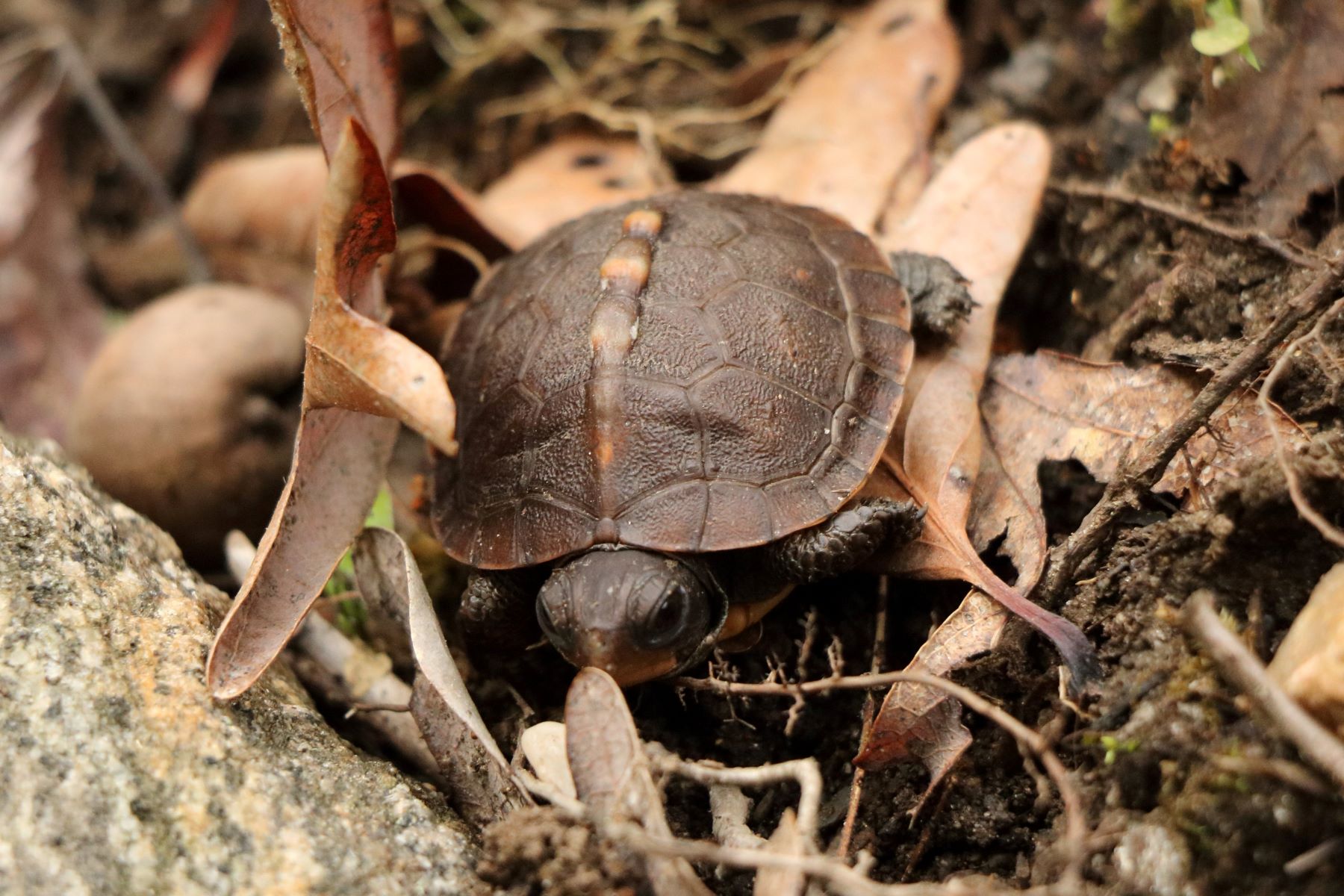
Snapping turtles have also passed through our land. This female was searching for a dry spot under the eves of our house to lay an egg.
Snapping turtle looking for a spot to lay an egg
Pileated Woodpecker feeding chicks
(turn on the sound in the video to hear them beg)
The year before (2020) we were treated with the daily greeting call of the male and female Barred Owls that sounds something like “who-cooks-for-you who-cooks-for-you-now”. We then realized they had hatched two chicks in the beech cavity. The chicks stayed around for another 3 weeks climbing branches and jumping around while learning to fly.
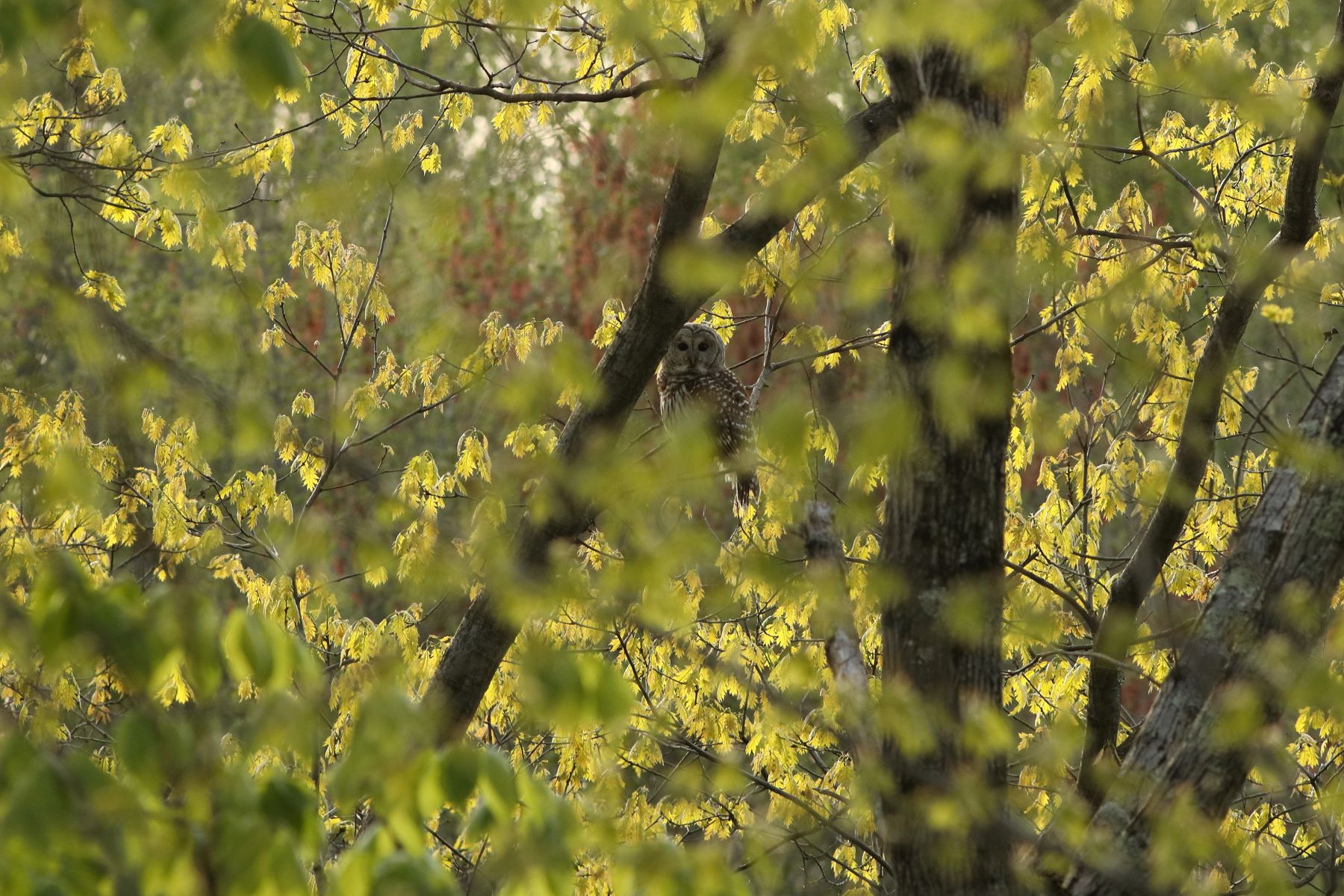
Barred Owl Chicks huddled together to stay warm
Turkeys can often be found foraging here. They seem to be especially fond of the sedge meadow. Depending on the season they forage as groups of adults, or as single females with a large brood of well-camouflaged chicks. Once we even saw a group of turkeys at dusk taking to the sky and sleeping high in the canopy of our oaks.
Turkey with large brood of chicks
With bears and wolfs still shunning the greater New York area, the top predators are the coyotes. They have lately made a comeback and we now see them every year. Here they are caught on film marking the edge of their territory. The grass-like plants they cross over is a natural stand of Pennsylvania sedge (Carex pensylvanica).
Pair of Coyotes marking their territory
Red-tailed hawks are always on the lookout for prey. Sometimes we see them circling high above, sometimes they swoop down. The one here just had a meal right in our front yard. It still seems to be looking around for more. What a powerful predator. Just look at the strong legs and beak.
Red-tailed Hawk
The songs of frogs in the wetland below our house fills the air in early spring. These amphibians have evolved to reproduce as early in the year as possible to avoid summer drought conditions for their young, where the pools may dry up.
Wood Frogs awakening in March
(turn on the sound in the video to hear them sing)
On warm days the Common Gartner Snake can be found enjoying the sun. Here it is rolled up inside a perfectly symmetrical, blooming carex rosea (Rosy sedge).
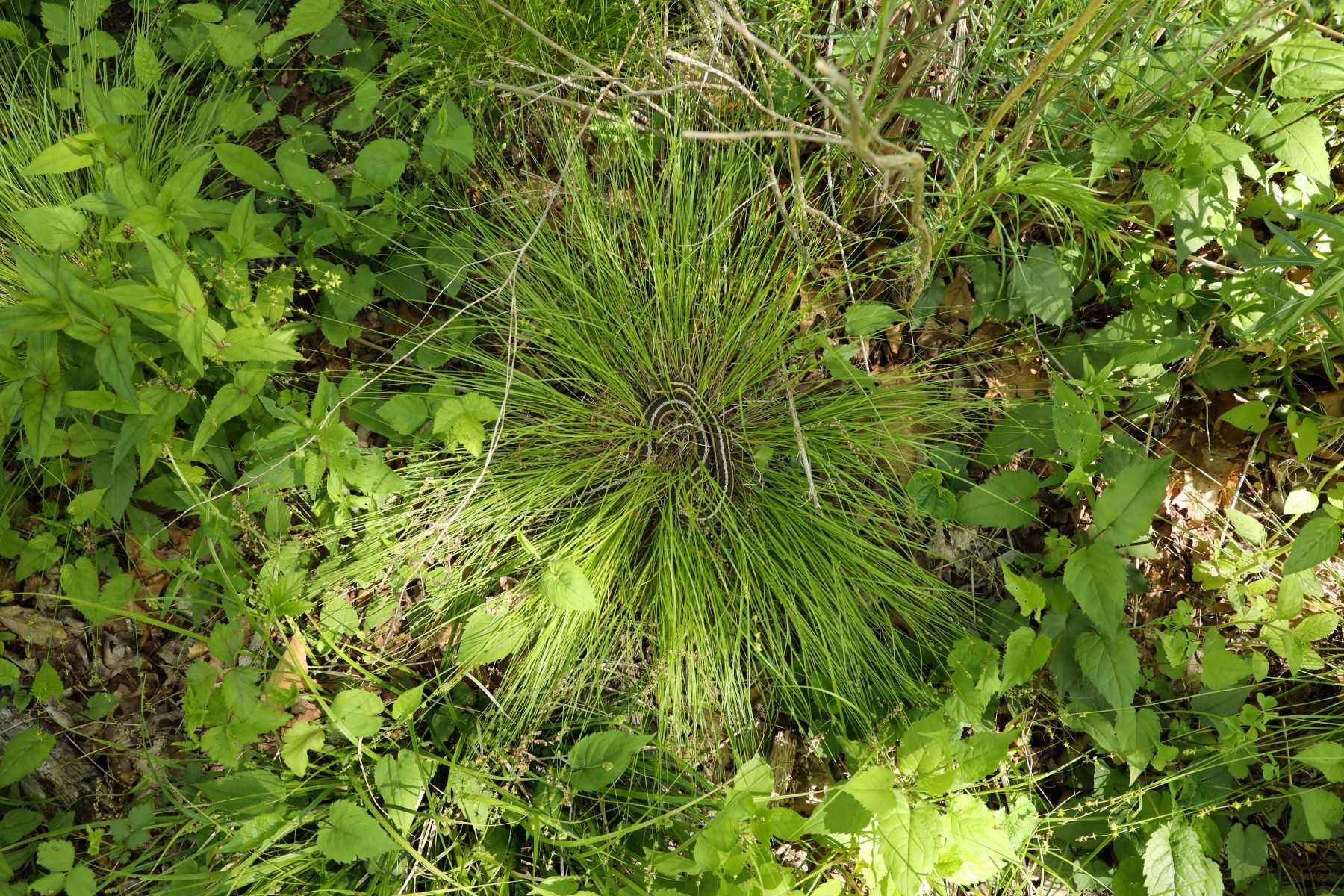

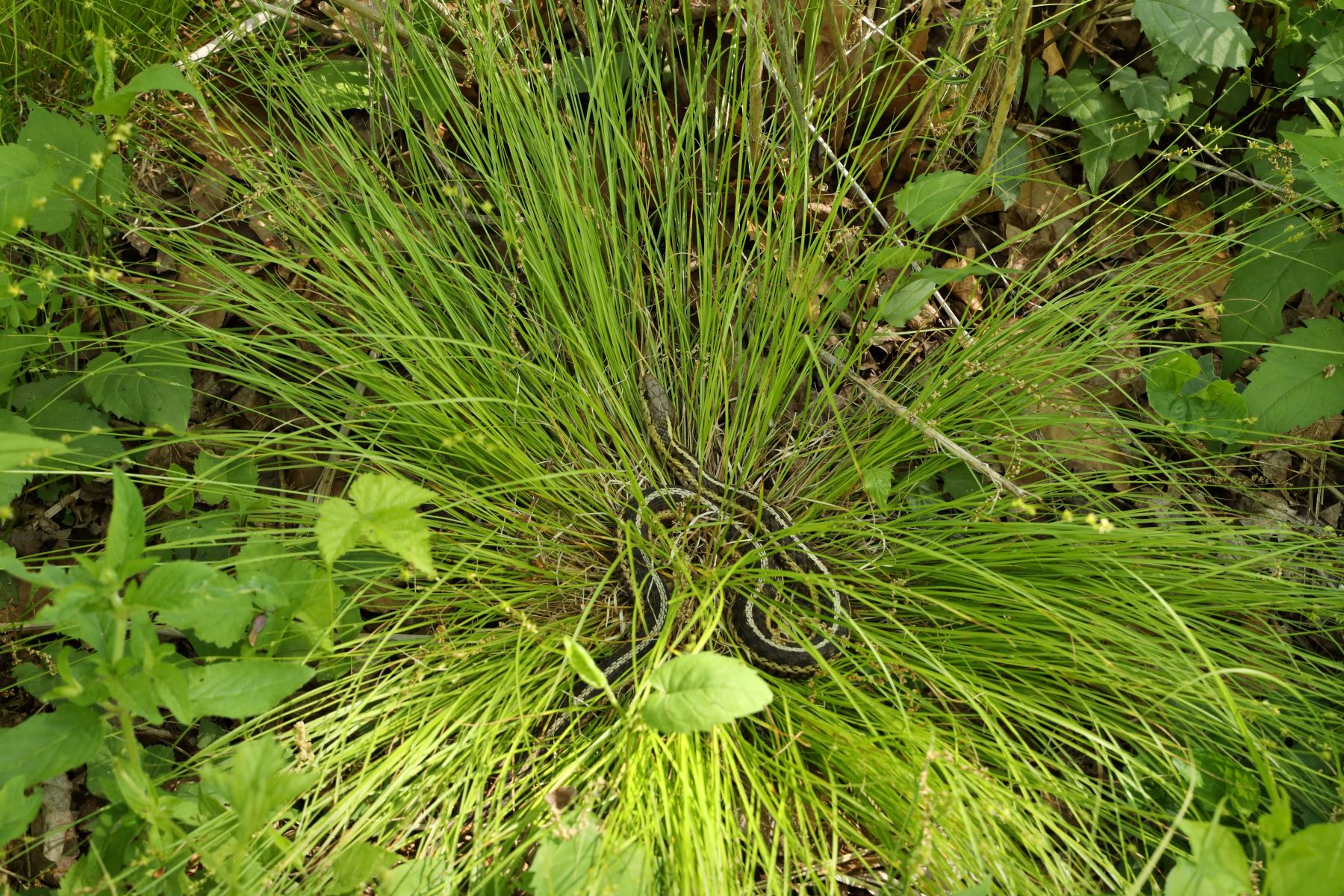
Chipmunks are everywhere in our woodland. They borrow in the ground, chase each other across the landscape, and even scurry across our roof. Some of them don’t even seem to be bothered by our presence and just carry on a couple of feet away from people.
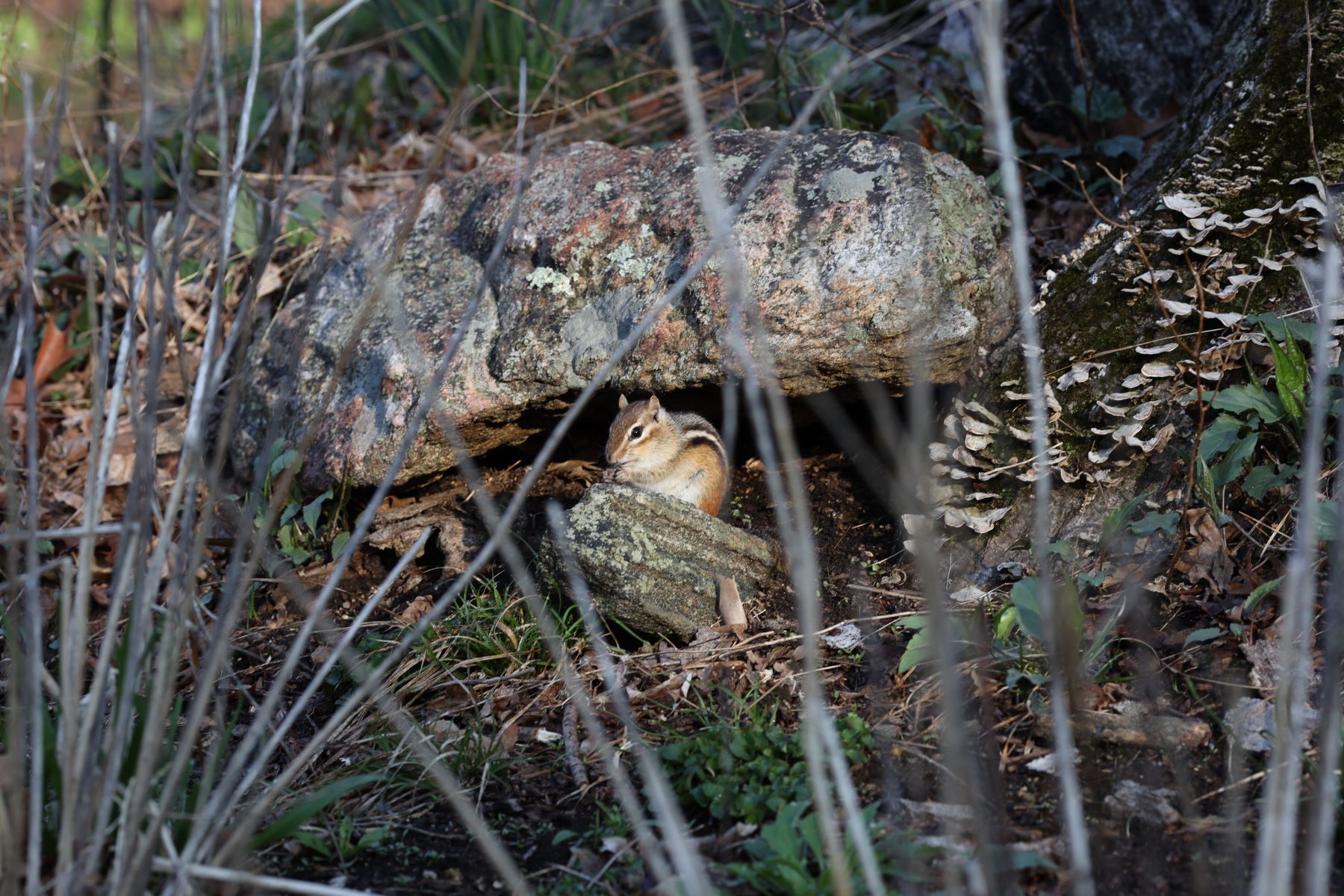
House Wrens are our most reliable migratory visitors that readily nest in the boxes we provide for them. They are very agile, zipping through the understory of trees and shrubs, and even through the tiny vertical space between the Mayapples and Canada Ginger. They also seem to sing all day…
Northern Flicker searching for insects in dead tree
The majestic Turk’s-cap lilies that bloom in late summer are fantastic plants to attract large butterflies. Here a Tiger Swallowtail is enjoying the plentiful nectar provided by them, while getting completely covered by their brown pollen.
Tiger Swallowtail on Lilium Superbum